WE
We can only feel this planet as our home when we leave the earth and look at it from the outside. There is a war going on at home. There is non-renewable environmental destruction at home. The significant challenges we face as human beings cannot be solved without fostering a global consciousness that transcends national boundaries.
Yet only about 600 people have ever been in space and seen the Earth. WE is a “space project of us, by us, for us” that will democratize this experience and make it accessible to people worldwide. Everyone participating in this project is a member of WE, a community, and an art collective.
Mission
Seeing the Earth from space changes people's hearts and minds. We awaken as “earthlings” beyond nationality, ethnicity, culture, and religion. They feel as if the Earth is a single life form. They witness the Earth being protected by a fragile and thin atmosphere and intuitively understand its environmental problems. And they strongly desire that the Earth be at peace. This mental transformation is what psychologists call the overview effect. The mission of WE is to create this Overview Effect on Earth.
WE is also an acronym for World Environment and War Ends. We are the members of WE who share these two messages.

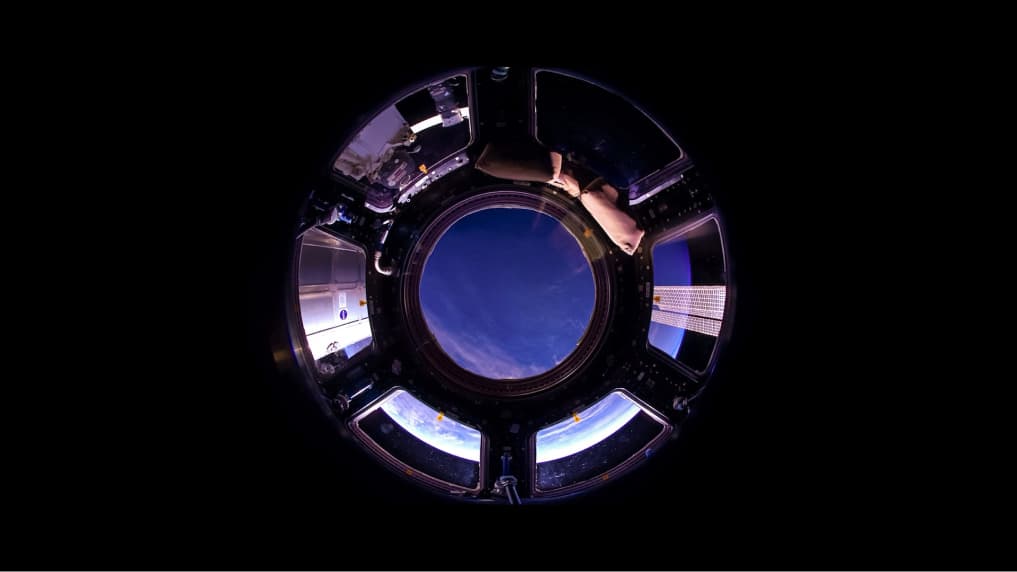
Shooting
The evolution of technology in photography, videography, and VR makes it possible to “reproduce reality as it is” without limits. Shooting and reproducing images with standards that approach the limits of human visual perception has become a reality. The overwhelming visual experience of viewing a photo output size of 10 meters and a video display size of 100 meters at close range and VR experiences that are indistinguishable from reality are made possible by ultra-high pixel photography using multiple cameras simultaneously. The goal is 600 million pixel still images, 48K video, and VR video that achieves more than 60 PPD on HDM.
WE astronauts will be aboard Space X's Crew Dragon for a long-duration mission to the International Space Station to capture photos, video, and VR.

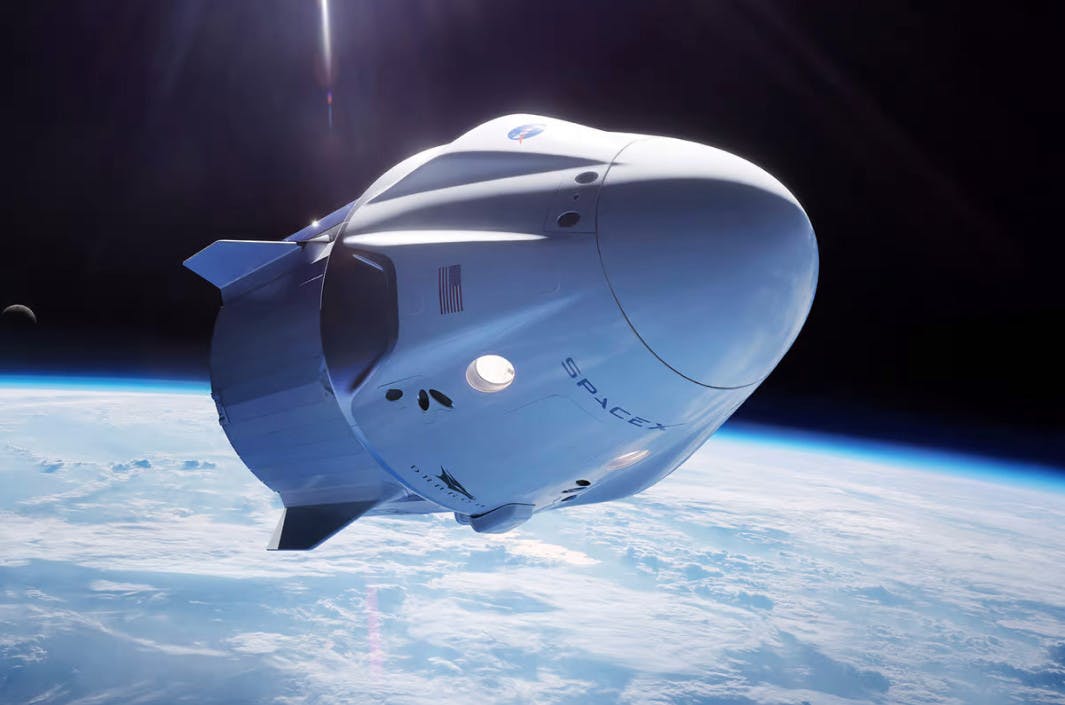
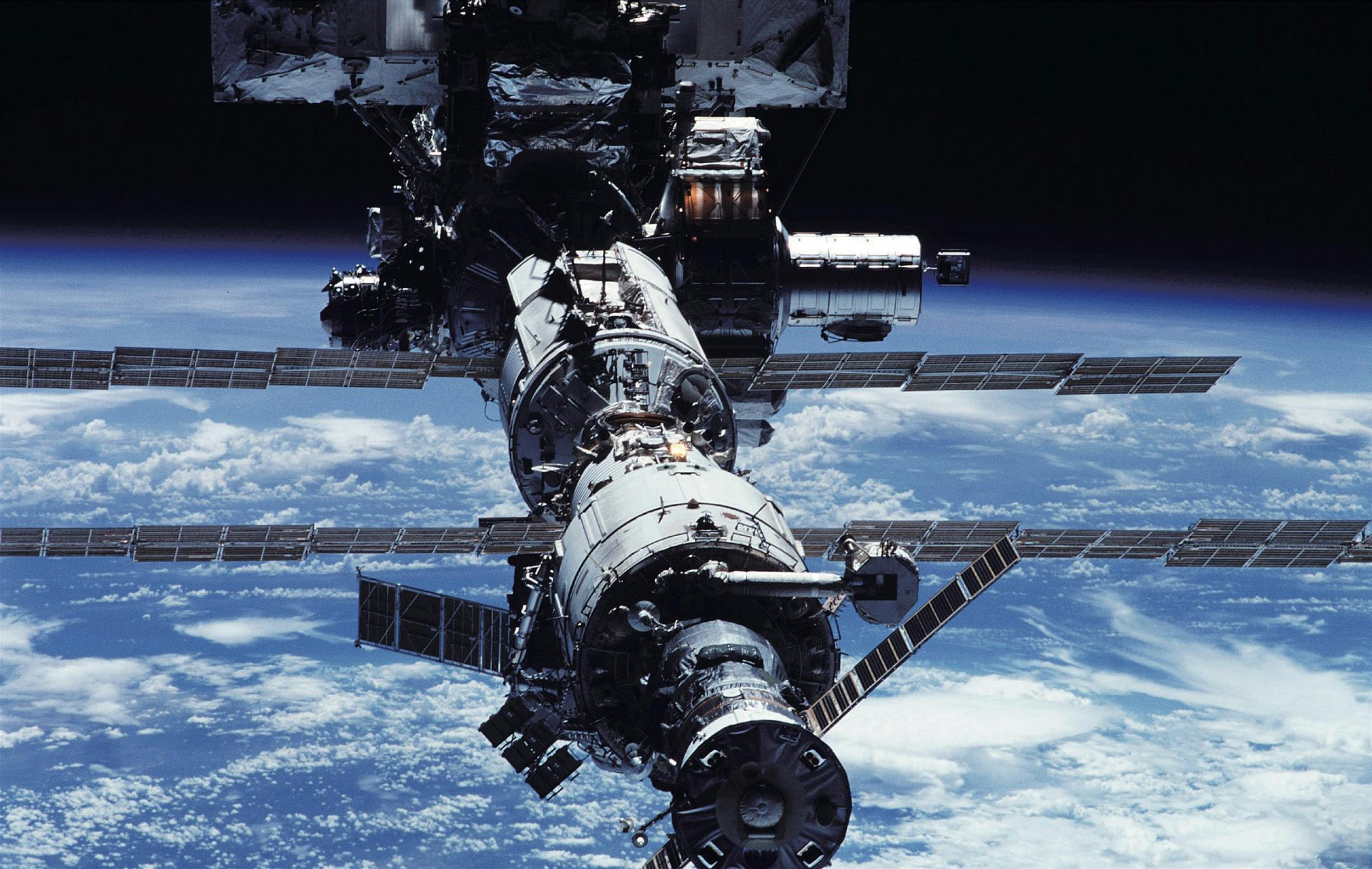
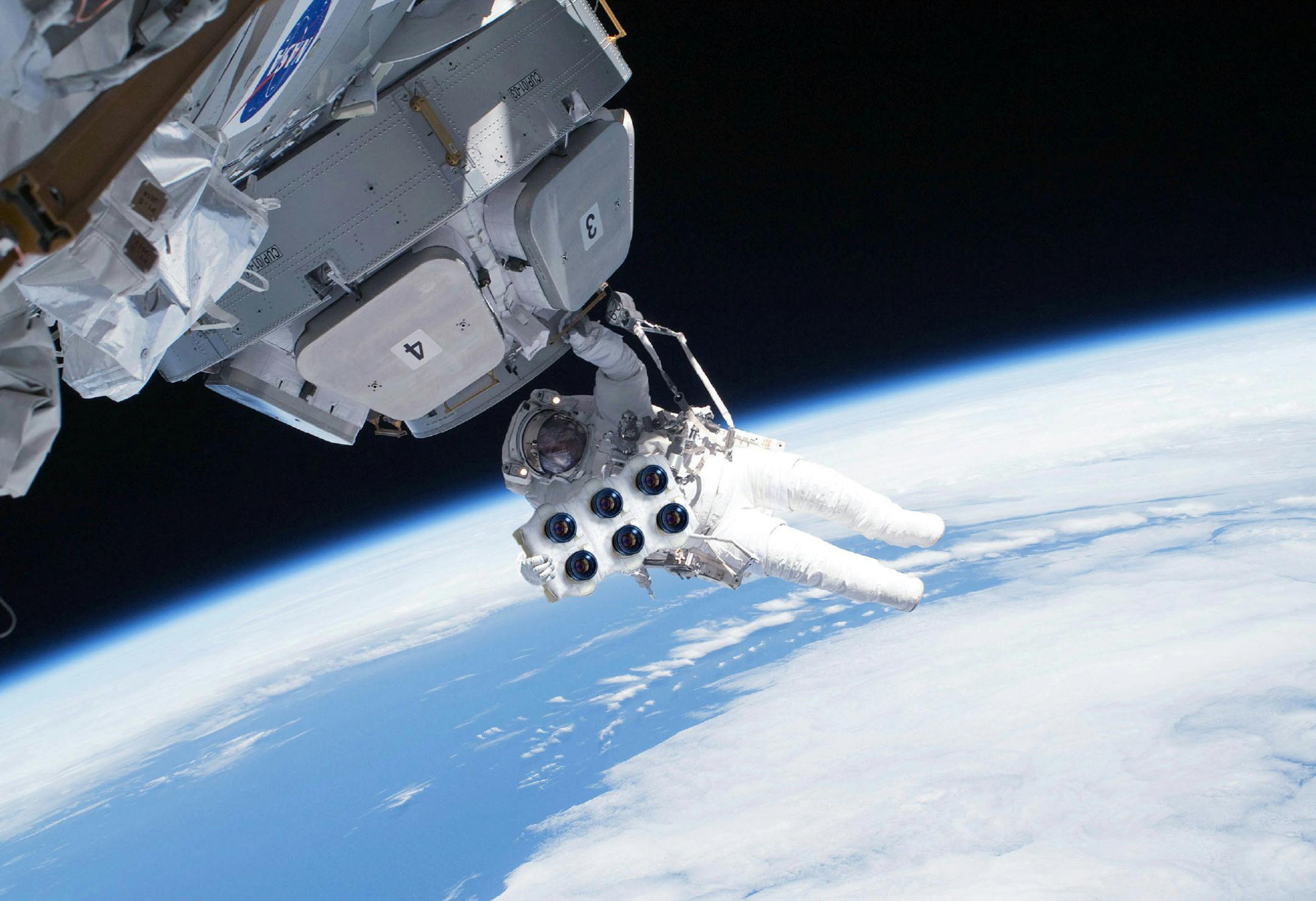
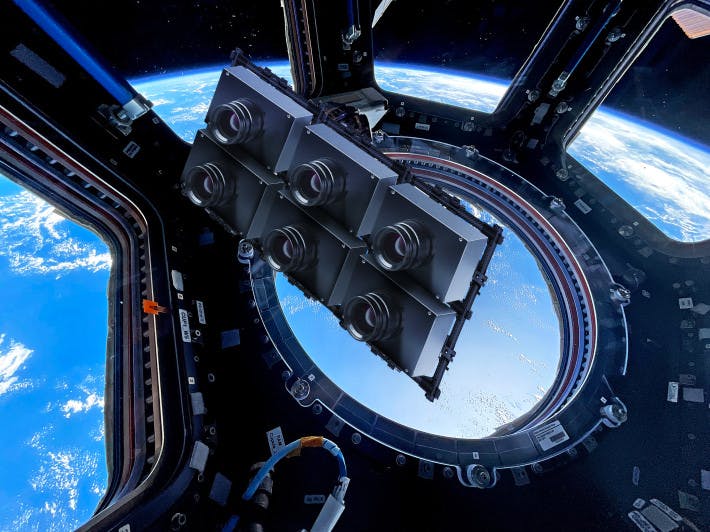

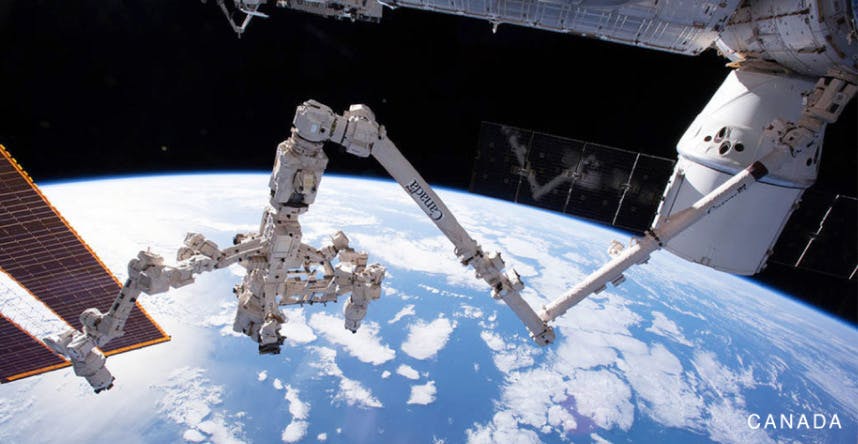
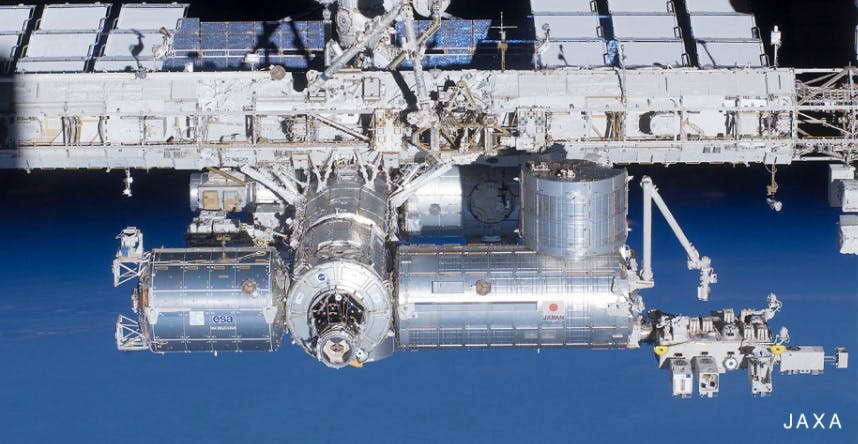
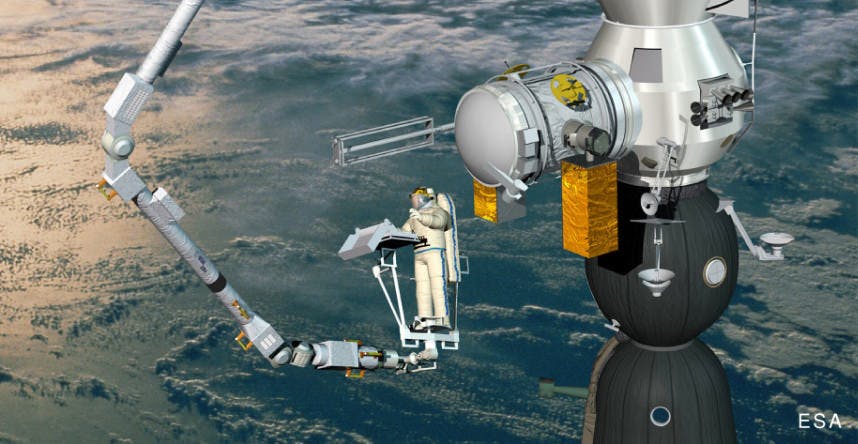
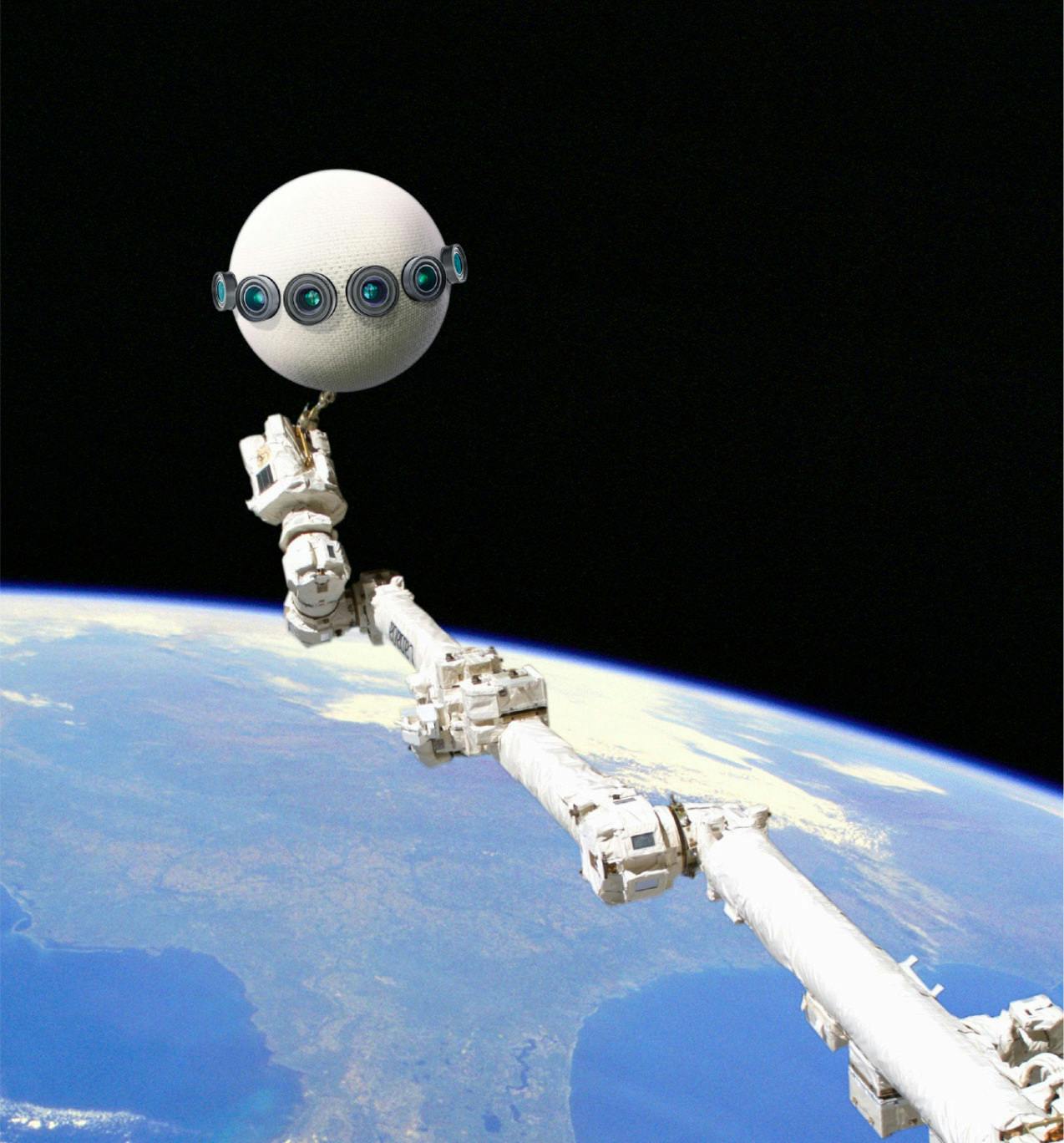
Exhibition
WE Pavilion will be built as an experience to “see the Earth” through photos, videos, and VR.
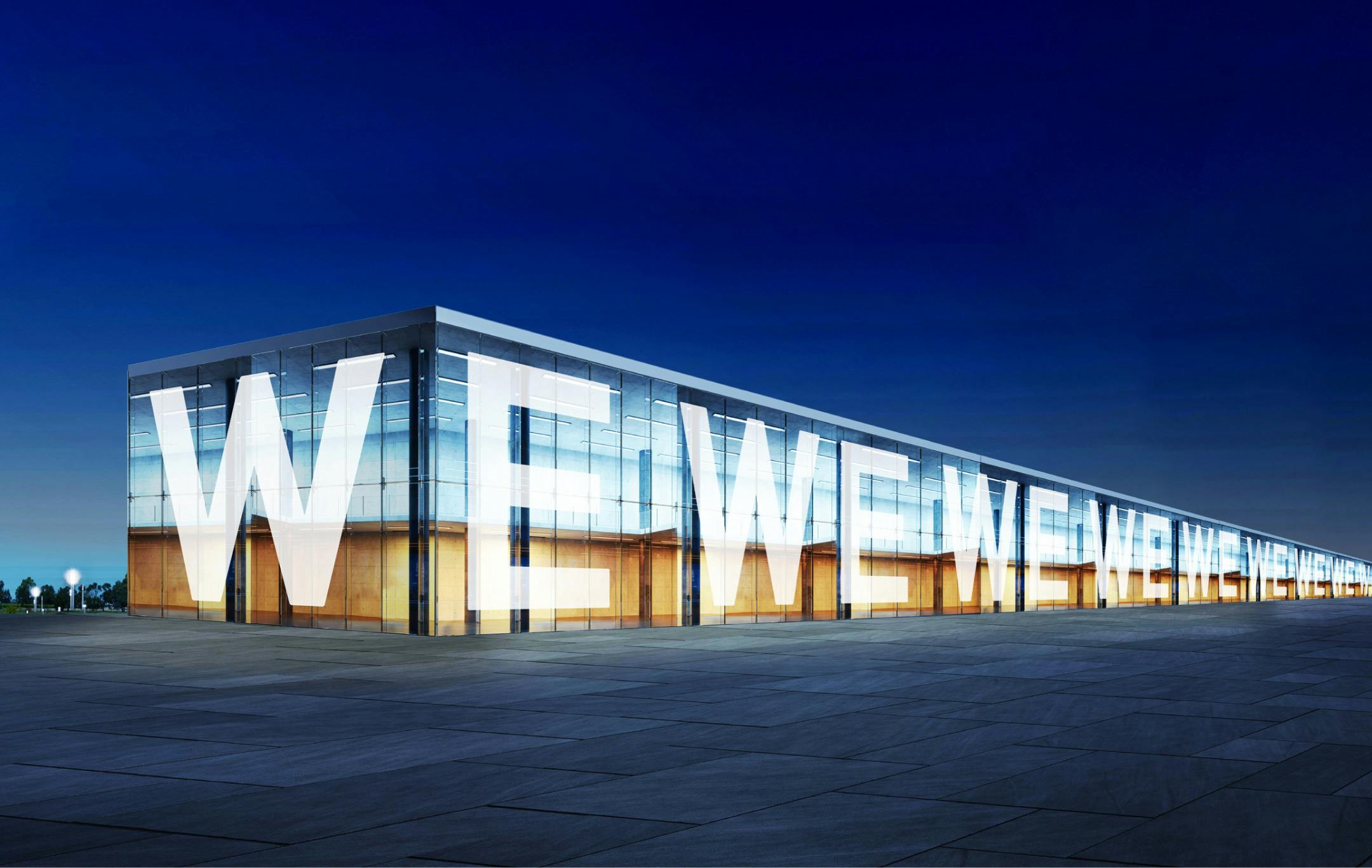
Movie
Recorded at 24K, machine learning AI super-resolution processing creates a video equivalent to 48K. The Earth is projected on a 100-meter-wide display, and if you look at the Earth from 3 meters away from the 100-meter-wide display, the visual experience is almost the same as looking at the Earth from the ISS, 400 kilometers above. If you then move backward, you should be able to see the entire Earth.

360VR
It is said that the human ability to see detail is exceeded when viewing images through HMDs of more than 60 PPD. (PPD pixels per degree)
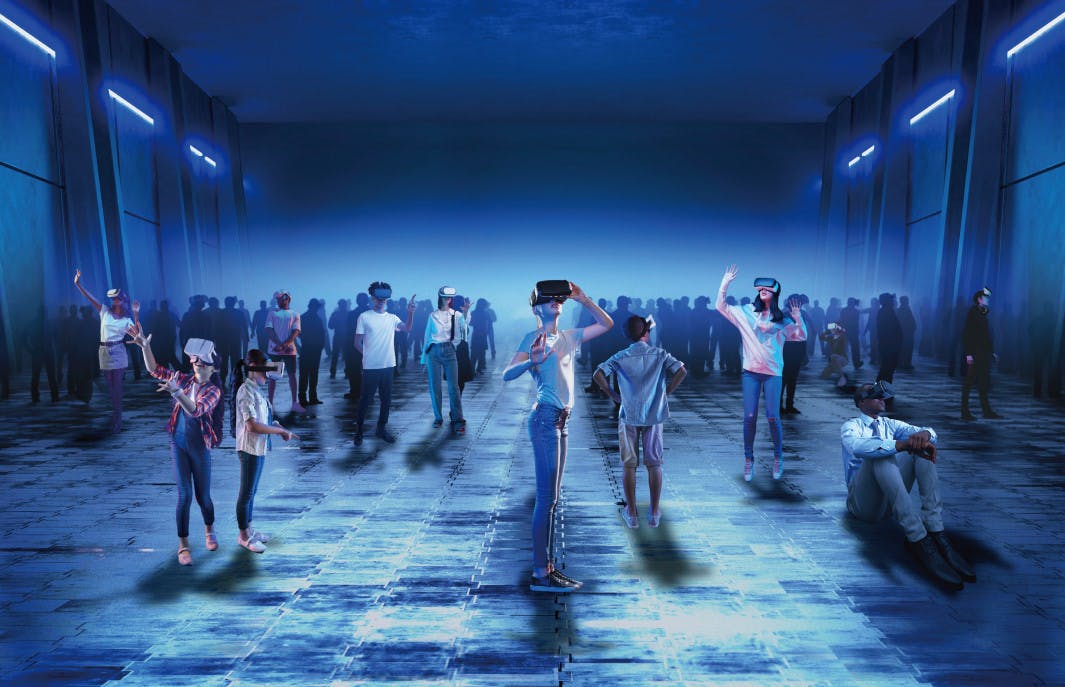

Message
Until now, only astronauts from various countries and a few space travelers have seen the Earth from space. The wondrous blue planet hovers in deep black space, slowly rotating. Seeing the Earth changes people's hearts and minds. They are awakened as “earthlings” beyond nationality, ethnicity, culture, and religion.
Millions of photographs of the Earth have been taken, but few are as moving. This is because no mission has ever been planned to capture the visual experience of astronauts precisely and reproduce it on Earth. The purpose of photography was not to “reproduce” but to “record”.
Today, the world is excited about the prospect of a new space era. The use of space is advancing rapidly, and in 10 years, 500 civilians may have experienced space. But that would only be 600 astronauts plus 500 super-rich people. It would be fantastic, but would it change the “consciousness of the people of Earth” in any significant way?
Will it give children “dreams that light up their eyes”? Suppose private citizens and private companies work together to go into space. Shouldn't we give back to society the dream of “seeing the Earth from space” through technology in areas that governments and space agencies have not focused on?
The idea of “seeing the Earth from space” will expand our minds and hearts to leave our home planet beautiful for future generations. Although we can understand the importance of sustainability by reading books about it, it is difficult to grasp the Earth as a living organism intuitively. Only through “seeing” can we feel the earth and think about its future. This project is also a project to educate people about sustainability through visual experience. It is also a peace project that strongly hopes for the elimination of war on our home planet.
For now, only a limited number of people can experience the adventure of riding into space on a roaring rocket. However, the visual experience of seeing Earth from space can be shared. This project will be made possible by astronauts with a single mission: to capture the visual experience of Earth from space and reproduce it on Earth. I am not a space traveler, NASA astronaut, or JAXA astronaut. I want to work on the ISS as a WE astronaut, performing missions to share the space experience with all people. This is the most significant contribution I can make to society and my biggest dream. If this project is successful, I plan to install photographic equipment of the same or higher standard at all frontiers of space activity and conduct manned and unmanned photography. To the moon, to Mars, to the outer solar system. Our visual experience of space will continue to expand.
Satoshi Takamatsu, WE Representative
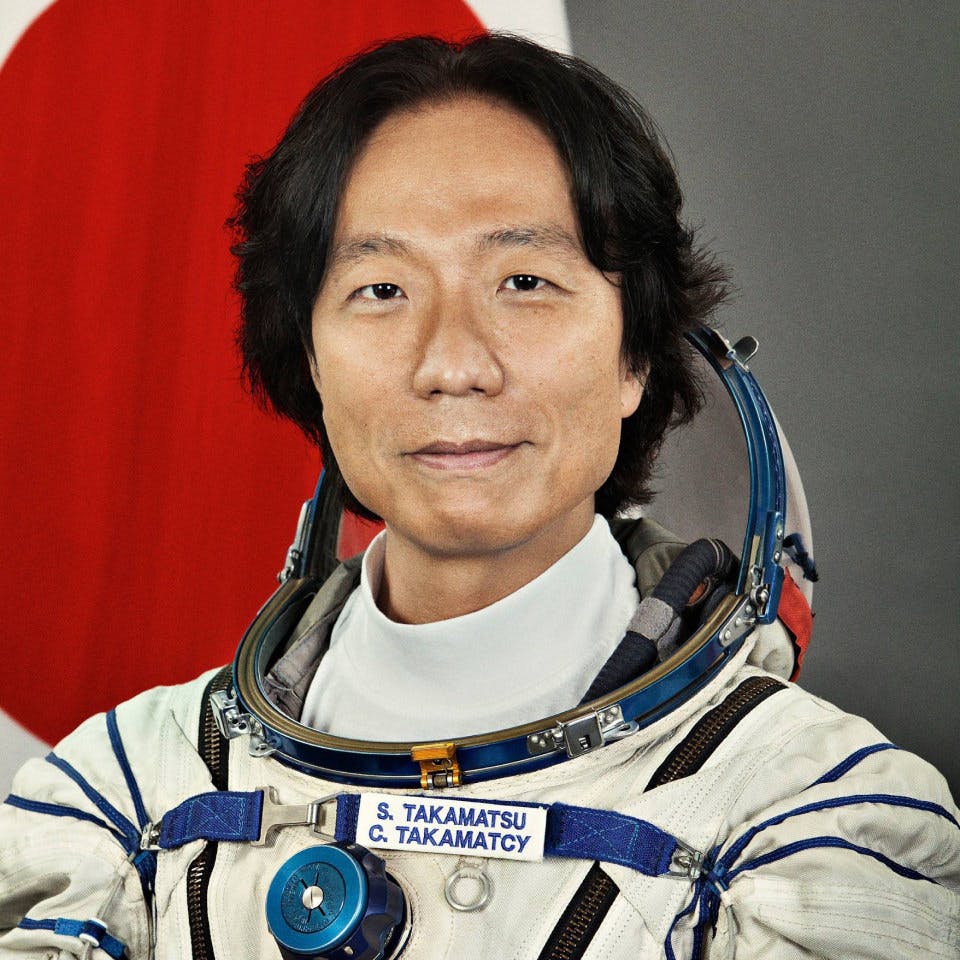
Satoshi Takamatsu
Born in 1963, artist and photographer. After graduating from the School of Science and Engineering at the University of Tsukuba, Takamatsu joined Dentsu, the largest advertising agency in Japan. In 2005, he founded GROUD, a creative agency, and became CEO and Chief Creative Officer. Takamatsu has won many international advertising awards, including Gold Lions at the Cannes Advertising Festival. In 2002, he organized public viewings of the World Cup at the Tokyo National Stadium, the first of its kind to be officially endorsed by FIFA. He was also the first in the world to organize the filming of a TV commercial on the International Space Station for a Japanese beverage brand in 2001. Other commercials filmed in space include “No Borders,” with an anti-war theme, and “Freedom,” with themes of planetary sustainability and opposition to a future-controlled society, both for the Cup Noodles brand. Although they were product advertisements, these works conveyed strong social messages. Takamatsu announced his retirement from the advertising industry in 2015. He then spent eight months in Star City, Russia, undergoing astronaut training. He is currently a representative of Space Films and works as a photographer and artist. In 2014, Takamatsu presented his works at the exhibition “Mission [SPACE x ART] - Beyond Cosmologies” at the Museum of Contemporary Art Tokyo. In 2020, he organized his personal exhibition “Failure.” In 2022, he founded an art collective, WE, for the space project.


